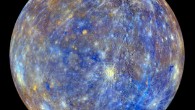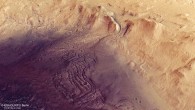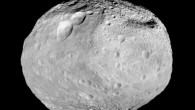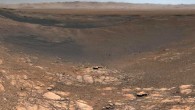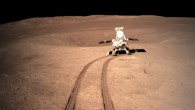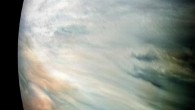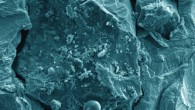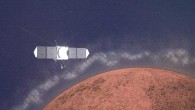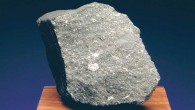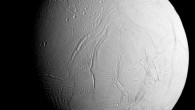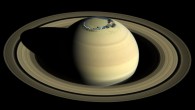A research team led by Harvard University scientist Julie McGeoch has found a never-before-seen protein inside a meteorite called Acfer 086. A sample of Acfer 086. Image credit: McGeoch & McGeoch, arXiv: 1707.09080. Acfer 086 is one of a large collection of meteorites found in the Algerian Sahara desert. The small space rock was found in Agemour, Algeria, in 1990 and weighed only 173 grams. Acfer 086 is classified as a CV3 carbonaceous chondrite,...


